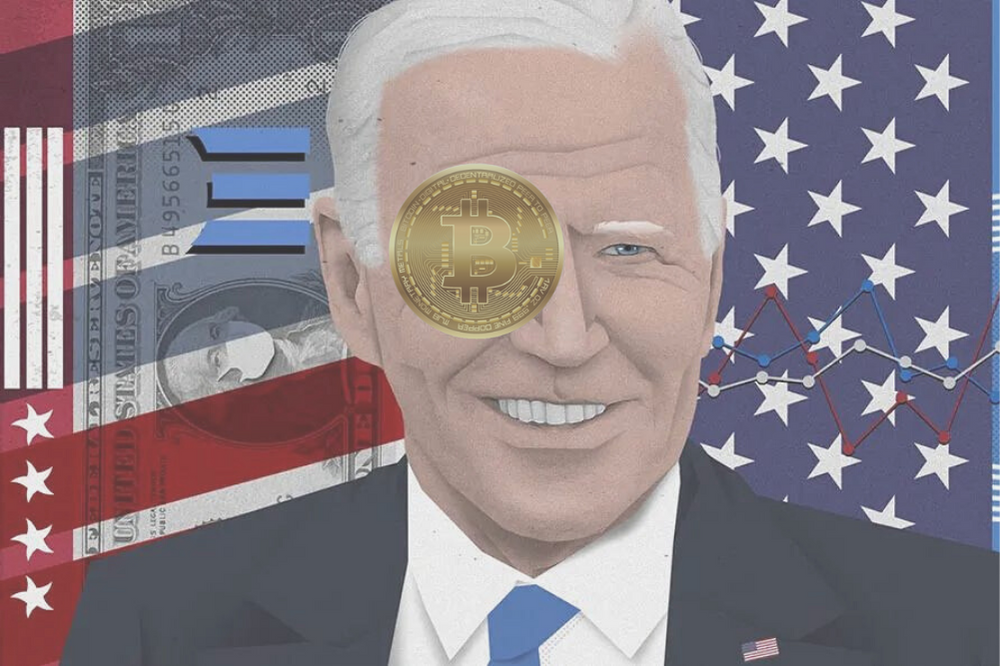The White House issued a highly anticipated – and anxiously awaited – executive order yesterday (3/10/22) for digital assets (web3). A historic moment whereby the government appears to finally be approaching Web3 with reverence for what it has become, and where it’s going.
The order outlined key priorities focused on American competitiveness on a global stage, financial inclusion, consumer protections, illicit activity, responsible innovation, central bank digital currencies (CBDCs), and proactive legislation. Overall, it is a positive statement by the White House – demonstrating a thoughtful approach to integrating Web3 into the U.S. economy.
You can view the executive order HERE
At a high level, the order:
DOES NOT, take any direct action to ban or curtail the use of digital assets; establish any government bodies; formally institute a Central Bank Digital Currency.
DOES, acknowledge that crypto is tied to U.S. financial and technological leadership; acknowledge the potential for crypto to provide access to financial services for underserved communities; broadly direct the U.S. Government to support technological advances in digital currencies, and continue research into a Central Bank Digital Currency; highlight the energy burden of Web3 while focusing on ‘responsible’ initiatives to reduce any negative climate impacts.
My Key Takeaways:
American Competitiveness
The order makes a clear intention to reinforce American leadership in the global financial system and technological industry. Simply put, the most powerful economy in the world is acknowledging that crypto’s growing industry is crucial to maintain U.S. global competitiveness.
The U.S. has been the leader in legacy finance and technology for some time now. However, regulatory uncertainty has led many Web3 entrepreneurs to build their ventures abroad – while even banning US citizens from participating in said ventures. Countries like Portugal and Singapore have been capitalizing on this uncertainty by offering tax breaks, regulatory clarity, and other incentives. Driving away some of our brightest minds to develop their vision for our future, elsewhere. This executive order is a great first step to preventing this exodus from continuing and illuminates opportunities many had become to think were no longer possible.
Central Bank Digital Currencies (CBDCs)
A Federal Reserve white paper issued earlier this year has already illustrated the intention to establish a CBDC. In this executive order, research and development of a United States CBDC is encouraged with “the highest urgency.”
With over 100 countries piloting or exploring CBDCs, the U.S. has the opportunity to maintain its position as a global leader in finance by developing intelligently crafted policies and regulations.
Proactive Legislation
There is a clear focus on investor protections, privacy, and limiting structural risks to the financial system. Policymakers have a difficult job ensuring that innovation and technological advancements thrive.
On one hand, poorly designed regulations can stifle future innovation in arguably the most important and innovative industry since the inception of the internet – or continue pushing development of these technologies offshore.
On the other hand, a complete lack of regulatory clarity threatens to undermine the existing regulatory frameworks governing the traditional financial markets that have been developed and refined over decades.
This balance will define how we move forward as a society and our participation in innovation.
Energy Burden – Climate Impacts
Regardless of your opinion on ‘climate change’ and the effects of natural resource consumption impacting the climate. We all must understand the present issues of Web3’s massive energy consumption and its demand on the energy grid. Which will, inherently, also effect the natural world.
Moreover, the Ukrainian/Russian war has further shown Americans its continued dependence on foreign nations for its energy needs. Though we only depend on Russia for 5% of our natural recourse consumption, we’ve seen the national average cost of gasoline surge over $4/gallon this week.
Web3 is only in its infancy and it’s already one of the largest consumers of energy on our planet. The process of mining Bitcoin is around 91 terawatt-hours of electricity annually. That’s more than Finland consumes in a year – a nation of 5.5 million people. A single Ethereum block requires 2020 kilowatt-hours of electricity, which is the same amount of power that the average U.S. household consumes in 7.44 days. New chains are becoming increasingly more efficient – however, as more assets are put on-chain, this energy consumption issue will grow exponentially.
Many entrepreneurs in the space have been working to solve, or reduce, these issues. However, this is not a feat that can be taken on by a very few individuals if we hope to create anything close to a sustainable future with Web3. The fact that the government can shift national policy to directly addressing this will be paramount in the long-term success of all digital assets.
A Watershed Moment
It’s being said by many Web3 advocates across various social channels that this is a ‘watershed moment’ – an event marking an important historical change – for the crypto community. It’s ability to function in the U.S., and its future, global impact.
If you’ve been following my blogs you know I’m a huge fan of what this space can do for humanity. And I’m thrilled to see the U.S. government finally taking steps to make this space an integral part of our republic’s future.
Please feel free to reach out to me with questions or concerns.
Schedule a call with me HERE
Warmly,
Mark Sauer
info@AllOneWealth.com
+1(310)355-8286







